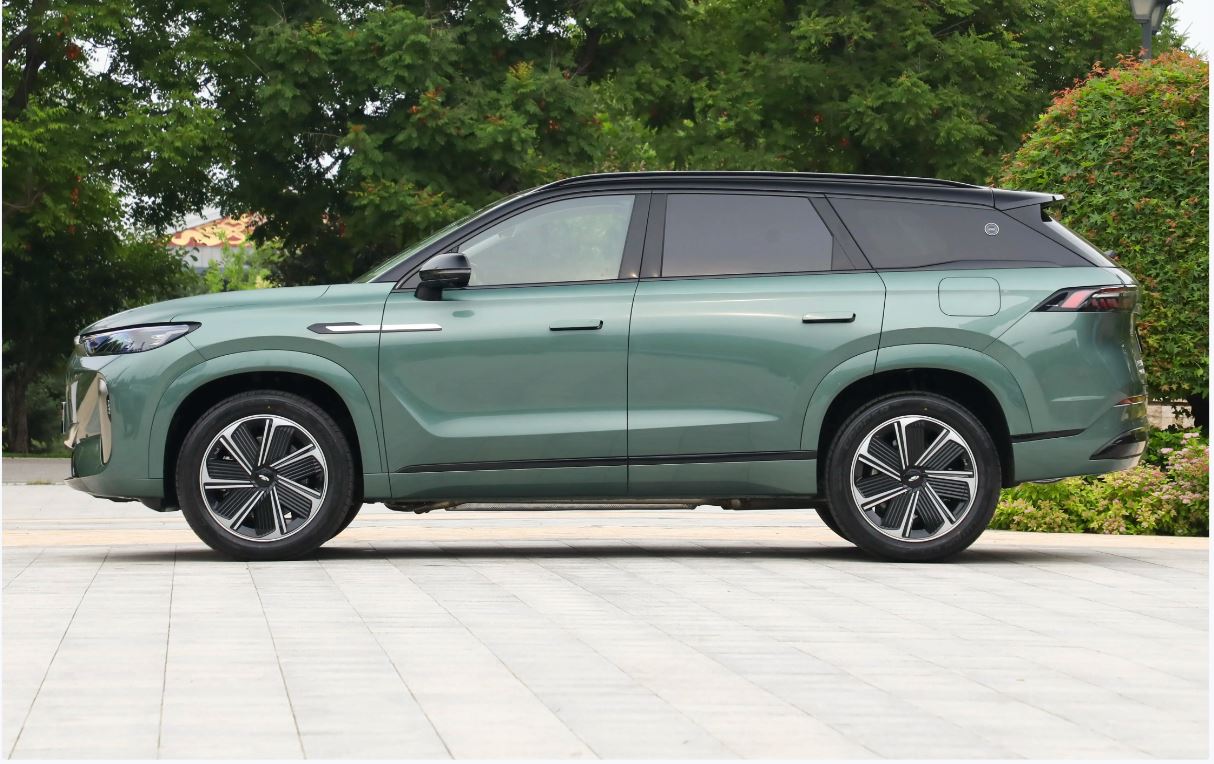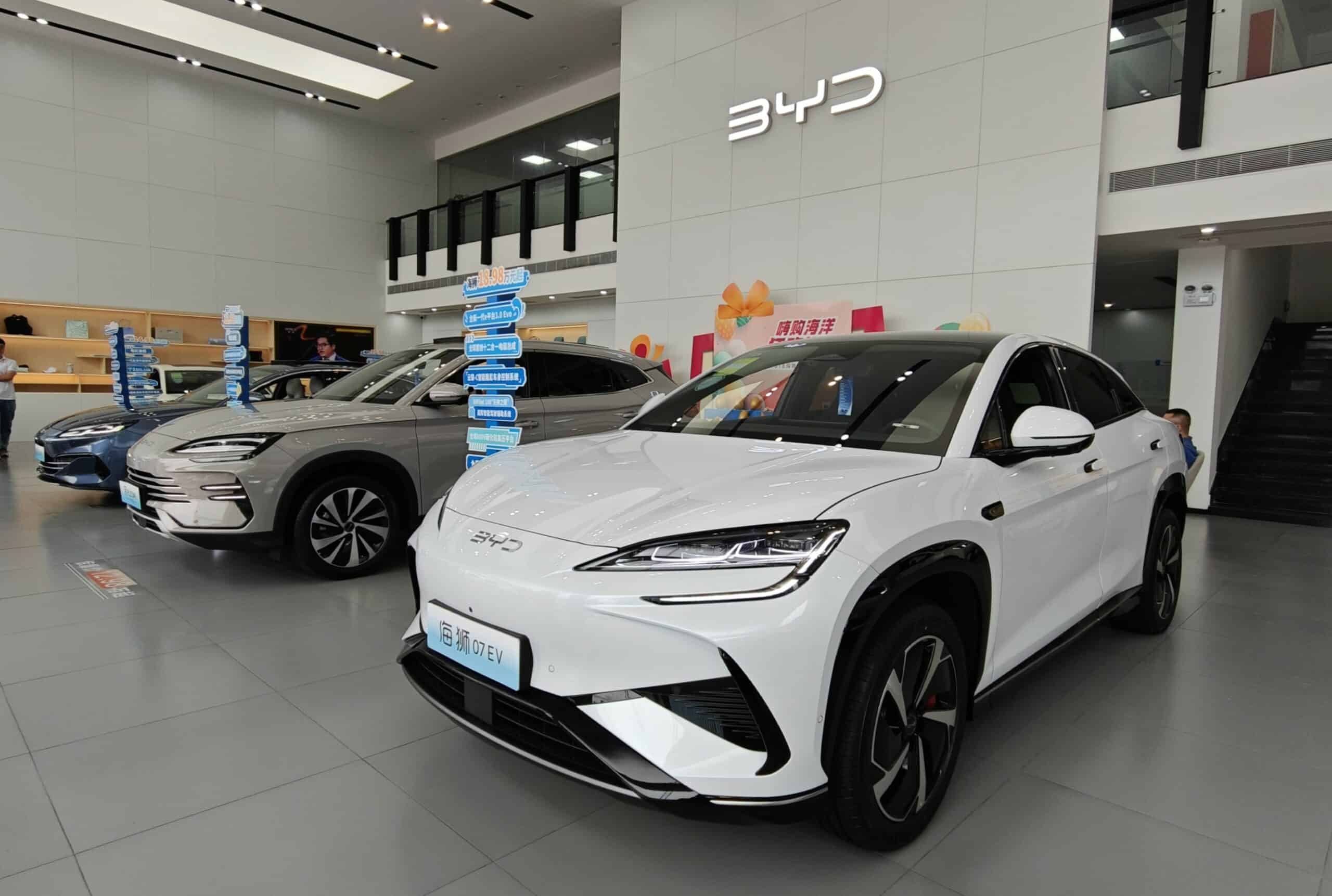Yommie
Elite Member
- Oct 2, 2013
- 56,017
- 36,735
- Country of Origin

- Country of Residence


Xiaomi delivered over 10,000 units of SU7 in June
Xiaomi will offer gifts to SU7 buyers facing delivery waits of three months or more; gifts include Nappa leather seats and lifetime access to autonomous driving.
 carnewschina.com
carnewschina.com
Xiaomi delivered over 10,000 units of SU7 in June
Reading Time: 3 minutes
Adrian Leung
July 1, 2024
1

News like this to your inbox or phone?
Weekly summary to your inbox
I want this
Never miss and important news
Get Instant notification once the news is published.
Follow Us
Xiaomi announced that SU7 (see specs) deliveries surpassed 10,000 units in June. The increase follows Xiaomi’s announcement of dual-shift production in May. The tech giant expects to deliver the same number of vehicles, if not more, in July. Their delivery numbers have steadily increased from 7,058 units in April to 8,630 units in May. Despite earlier production bottlenecks, this achievement aligns with Xiaomi’s goal of delivering 100,000 to 120,000 units in 2024.
Xiaomi will offer gifts to SU7 buyers who wait three months or longer for delivery. This limited-time offer includes complimentary Nappa leather seats worth 8,000 yuan (1,100 USD) and lifetime access to autonomous driving for all SU7 models. This offer will be available between July 1 and July 31 with a deposit of 5000 yuan (688 USD).
Xiaomi also unveiled the SU7 Smart Chassis Ambient Light, priced at 999 yuan (138 USD). This product features six color effects. It includes exterior light illumination and IP67 dust and water resistance.
Meanwhile, on the other side of the world, spy shots of the high-performance version of the Xiaomi SU7, in camouflage, were spotted testing at the Nürburgring Nordschleife. The images revealed numerous performance upgrades over the standard SU7, with expected chassis and braking system enhancements. Based on comments from Hu Zhengnan (senior consultant of Xiaomi Auto), 7 minutes 30 seconds is the current baseline performance of the Xiaomi SU7 V8s at the Nürburgring, with further adjustments targeting under seven minutes.
As previously announced by Xiaomi, the V8s super motor is expected to reach a maximum speed of 27,200 rpm, potentially delivering close to 1,000 horsepower. The highly anticipated Xiaomi SU7 V8s is scheduled for an official release in 2025. We may consider this as the “SU7 Ultra”. We eagerly await witnessing the lap time the “SU7 Ultra” will achieve at the Nürburgring.
The same motor may be used on the new SU7 MX11 SUV, as it was spotted on road tests earlier.
Recent accidents involving the SU7 on race tracks across China generated controversy surrounding the vehicle’s quality. Enthusiasts are reminded of the significant differences between consumer and race cars and urged to drive cautiously.























